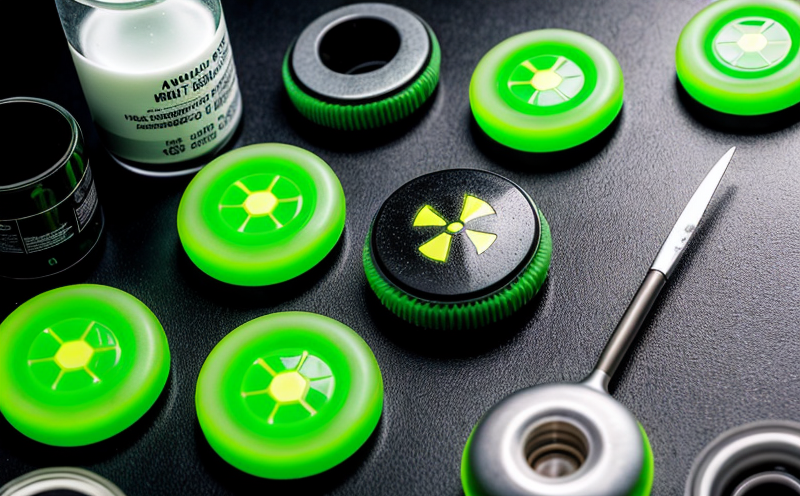ISO 35521 Plutonium Residue Analysis in Seafood
The analysis of plutonium residue in seafood is a critical component within the broader sector of food and feed safety, particularly in regions where there are potential environmental risks due to nuclear accidents or industrial activities. This service aligns with the stringent requirements set forth by ISO 35521, which provides a standardized method for plutonium residue determination in seafood products.
The importance of this analysis cannot be overstated, especially given the potential health risks associated with plutonium exposure. Seafood, being a key part of many diets worldwide, is particularly vulnerable to contamination due to its biodegradable nature and the tendency for certain species to accumulate radioactive isotopes from their environment. This service ensures that seafood products meet international standards for safety, thereby protecting public health.
The process involves several critical steps, starting with the collection of samples in accordance with ISO 35521 guidelines. Samples must be representative of the batch or area being tested to ensure accurate results. Once collected, specimens undergo rigorous preparation which includes drying and grinding before undergoing chemical treatment to isolate plutonium isotopes.
The analytical method used for this service is based on alpha spectrometry, a highly sensitive technique that measures alpha particle emissions from plutonium isotopes. This method requires precise calibration of the detection system to ensure accurate quantification of plutonium residues. The results are compared against international standards and acceptance criteria specified by ISO 35521 to determine compliance.
Compliance with this standard is not only a legal requirement but also an essential part of maintaining consumer confidence in seafood products. By adhering to these strict protocols, laboratories can provide reliable data that supports informed decision-making processes both within the industry and among regulatory bodies.
The use of ISO 35521 ensures consistency across different testing facilities, allowing for easier comparison of results between various entities involved in monitoring plutonium levels in seafood. This standardization is crucial given the global nature of food supply chains where contamination events can have far-reaching consequences if not properly addressed at source.
Given its critical role in ensuring food safety and environmental protection, this service is highly valued by stakeholders across the supply chain—from producers to distributors and consumers alike. It plays a vital part in maintaining trust among all parties involved while contributing towards reducing risks associated with plutonium contamination.





